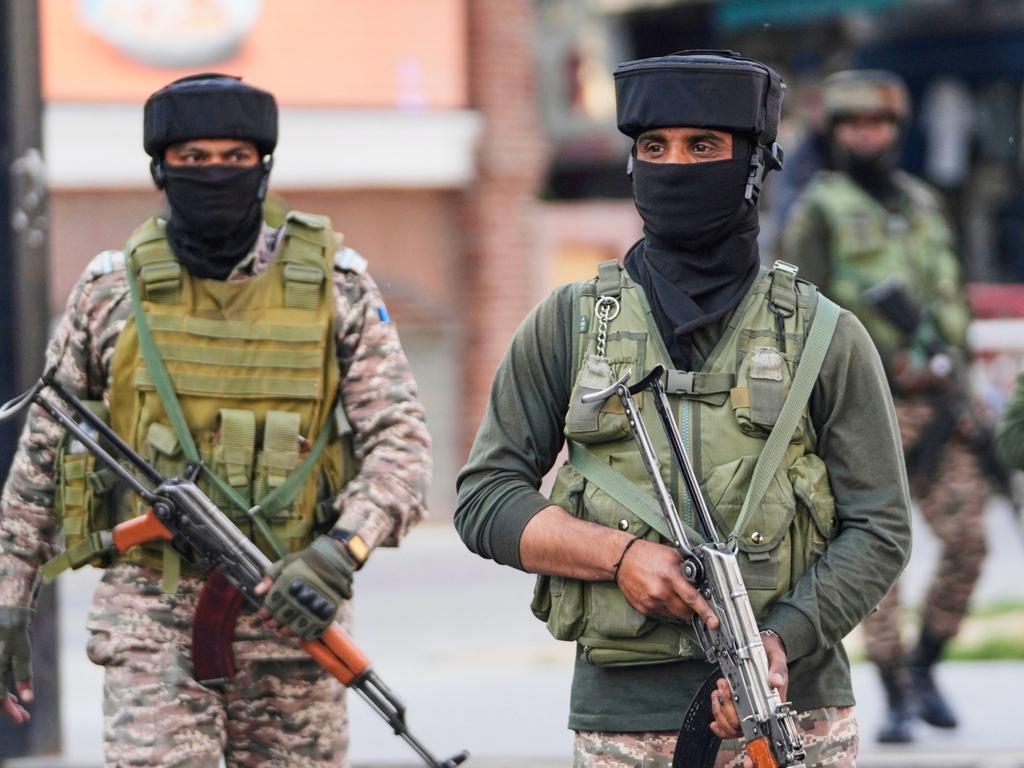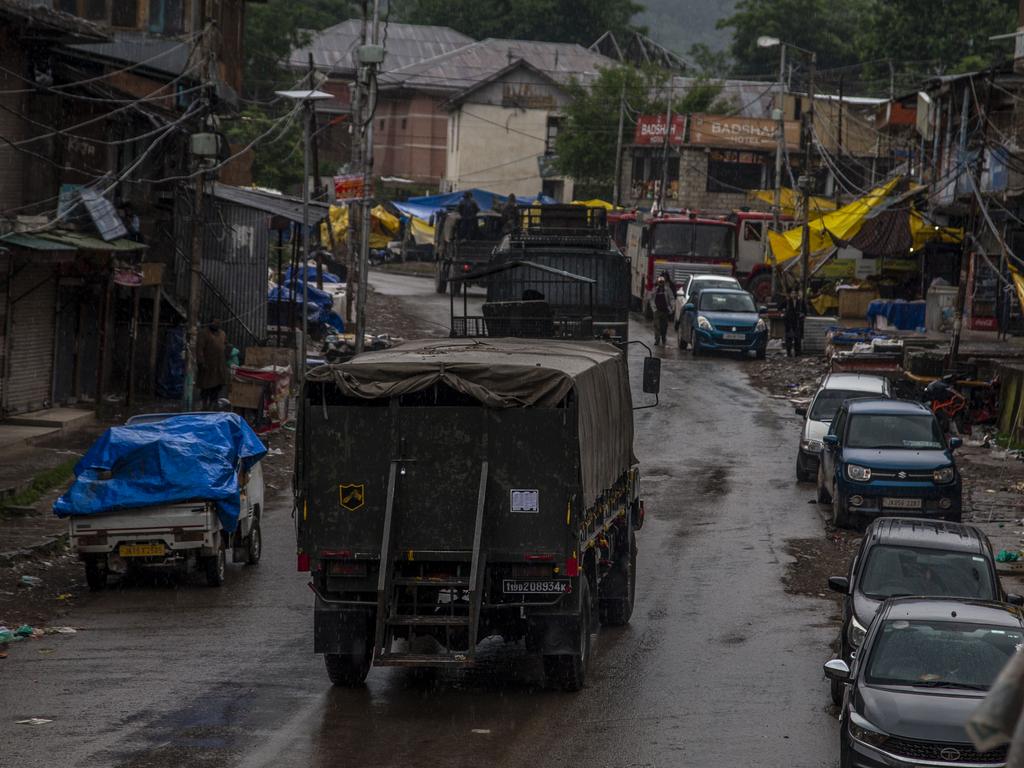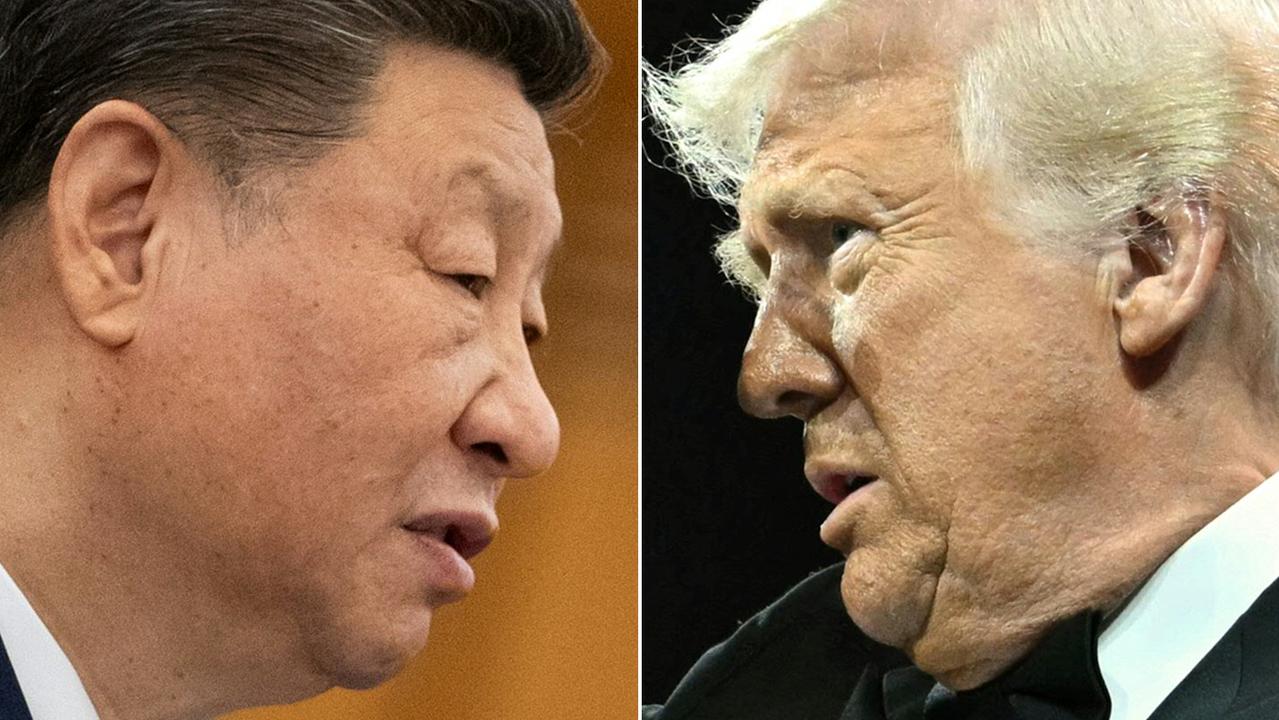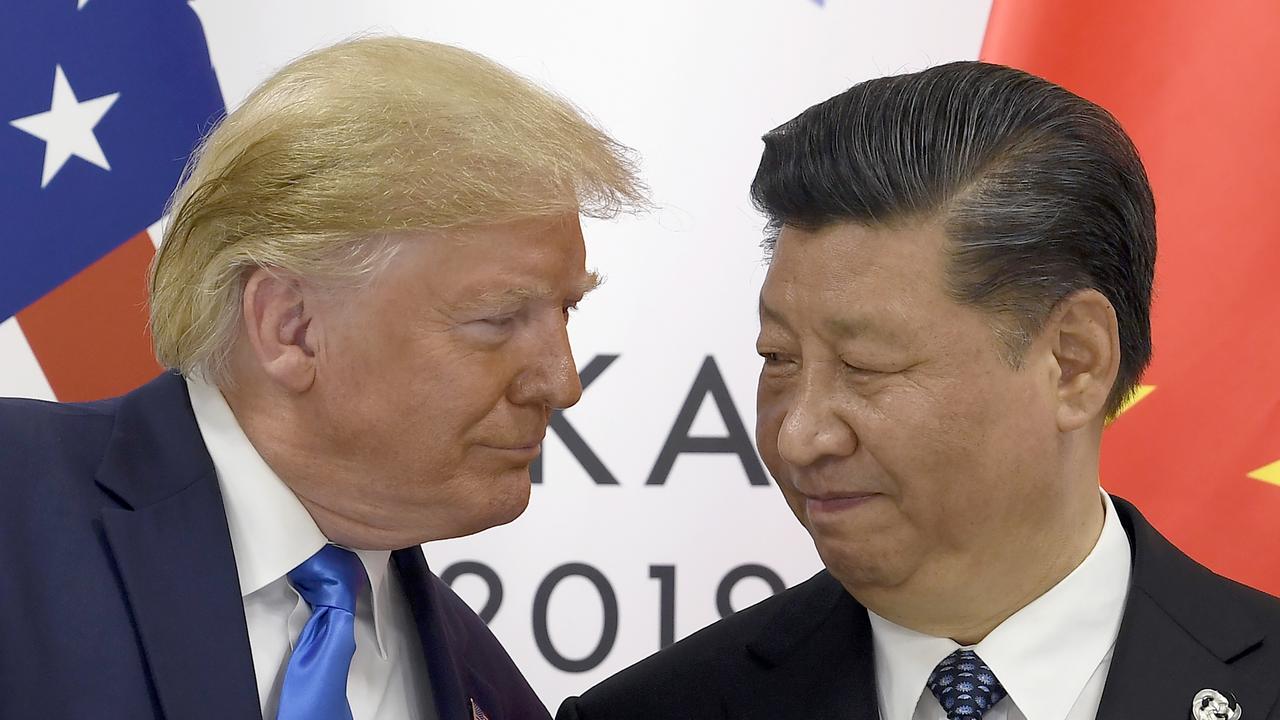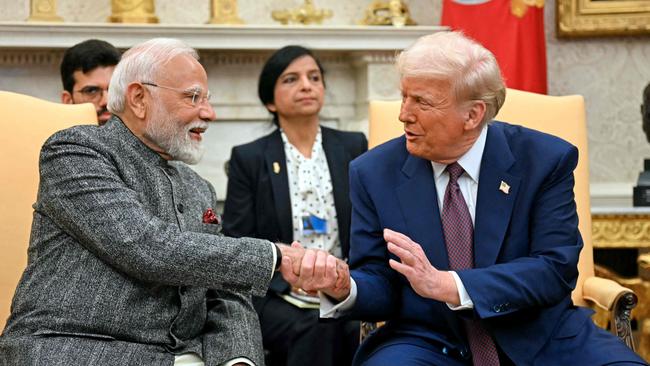
“We’re not going to get involved in the middle of a war that’s fundamentally none of our business,” US Vice-President JD Vance said on Friday amid an alarming spiralling of hostilities between nuclear-armed Pakistan and India.
Has such a confident statement ever dated so quickly?
By Friday evening, the White House was in full mediation mode after intelligence pointed to the possibility of the conflict escalating into a nuclear war.
US negotiators, led by Secretary of State Marco Rubio and Mr Vance, worked through the weekend to broker an early Sunday ceasefire that lasted barely three hours before India and Pakistan were accusing the other of violations.
Indian foreign secretary Vikram Misri on Sunday charged Pakistan with “repeated violations” while Pakistan’s foreign ministry insisted its side “remains committed to a faithful implementation of the ceasefire” despite alleging breaches by India.
Yet the fact a truce had been called at all was something to celebrate, as President Donald Trump was determined to do with his public congratulations to both countries “on using Common Sense and Great Intelligence”.
After days of apparent insouciance from the White House, what ultimately set alarm bells clanging in the Trump administration was India’s targeting of the Nur Khan air base in the garrison town of Rawalpindi.
The base is not only a central transport and refuelling hub for Pakistan’s military but also a short distance from the country’s Strategic Plans Division headquarters, which oversees and protects the country’s nuclear arsenal.
In the wake of that strike, Pakistan Prime Minister Shehbaz Sharif was reported to have summoned a meeting of the National Command Authority, a group with operational command of Pakistan’s nuclear arsenal.
India insists its airstrikes last Wednesday on nine alleged Pakistan terrorist targets were a “measured, non-escalatory” retaliation for the massacre of 26 civilians last month in a popular mountain tourist site on its side of divided Kashmir.
Both sides have engaged in spiralling military tit-for-tat actions in the days since, engaging in intense cross-border shelling and serious aerial dog fights, sending hundreds of armed drones deep into the other’s territory and – most concerningly – launching surface-to- air missiles.

While India maintains a “no-first-use” nuclear policy, the margin for miscalculation between two closely located, nuclear-armed rivals soars exponentially when surface-to-air missiles come into play.
Longstanding tensions between the two neighbours over divided Kashmir have flared into open conflict four times since Pakistan was carved out of India in 1947 under the terms of its independence from Britain.
Their last war was fought at freezing altitudes in the Himalayan region of Ladakh in 1999, when India was forced to repel Pakistan-backed forces that infiltrated Indian-controlled Kashmir.
Since then, tensions between the two sides have tended to follow a predictable path; one side launches an attack, the other retaliates, both sides claim victory.
Each time hostilities have threatened to spiral into war, it has been the US pulling them back from the brink.
This time, however, both sides’ acquisition of new weapons’ technology – including new generation fighter jets and armed drones – has upset the old playbook, as has the subcontinent’s changing geopolitics.
India, a rising power under Narendra Modi, has no more patience for Pakistan’s tolerance of Islamic militants who periodically launch attacks on its territory and its population.
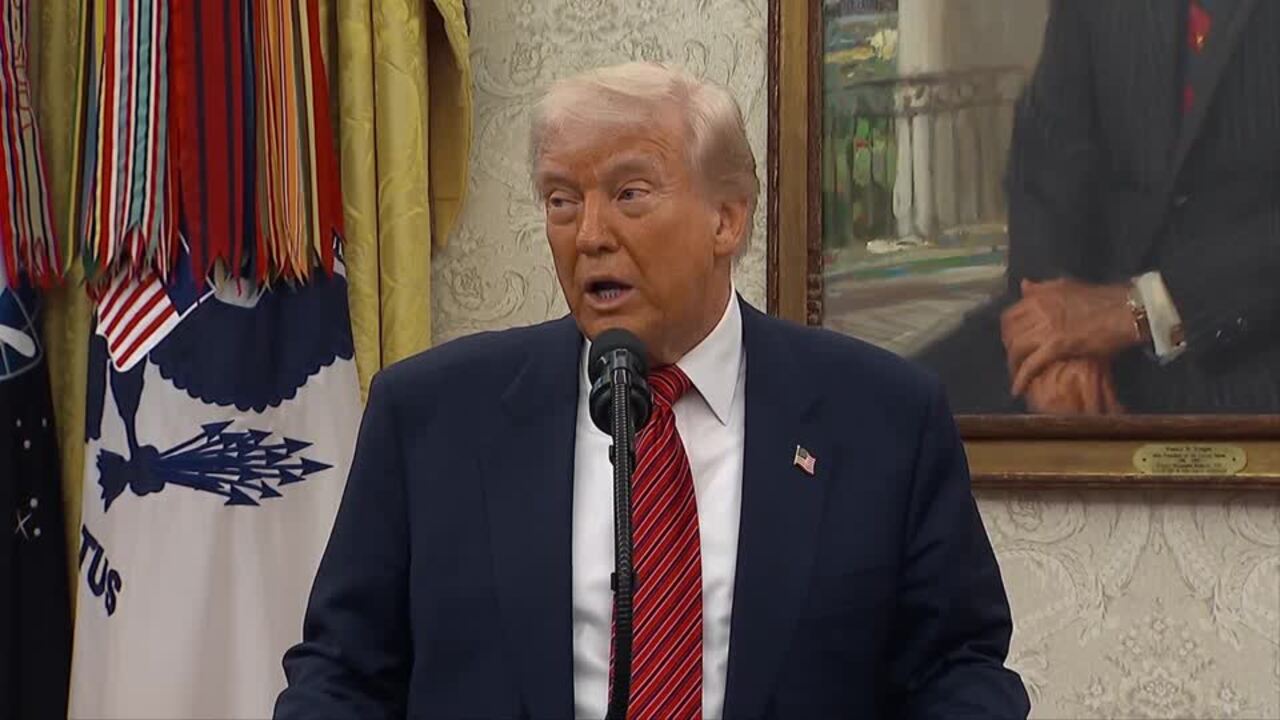
Whether Washington still had sufficient sway over Pakistan – a non-NATO US ally – to help both sides de-escalate is unclear was unclear before the weekend, given China’s rising influence over Islamabad, and growing US security ties with New Delhi.
Under Donald Trump’s America First doctrine, an equally salient question was whether the US had the inclination to intervene.
No one can say if – or for how long – this ceasefire will hold.
But what is abundantly clear is that the region cannot afford a disinterested White House.



